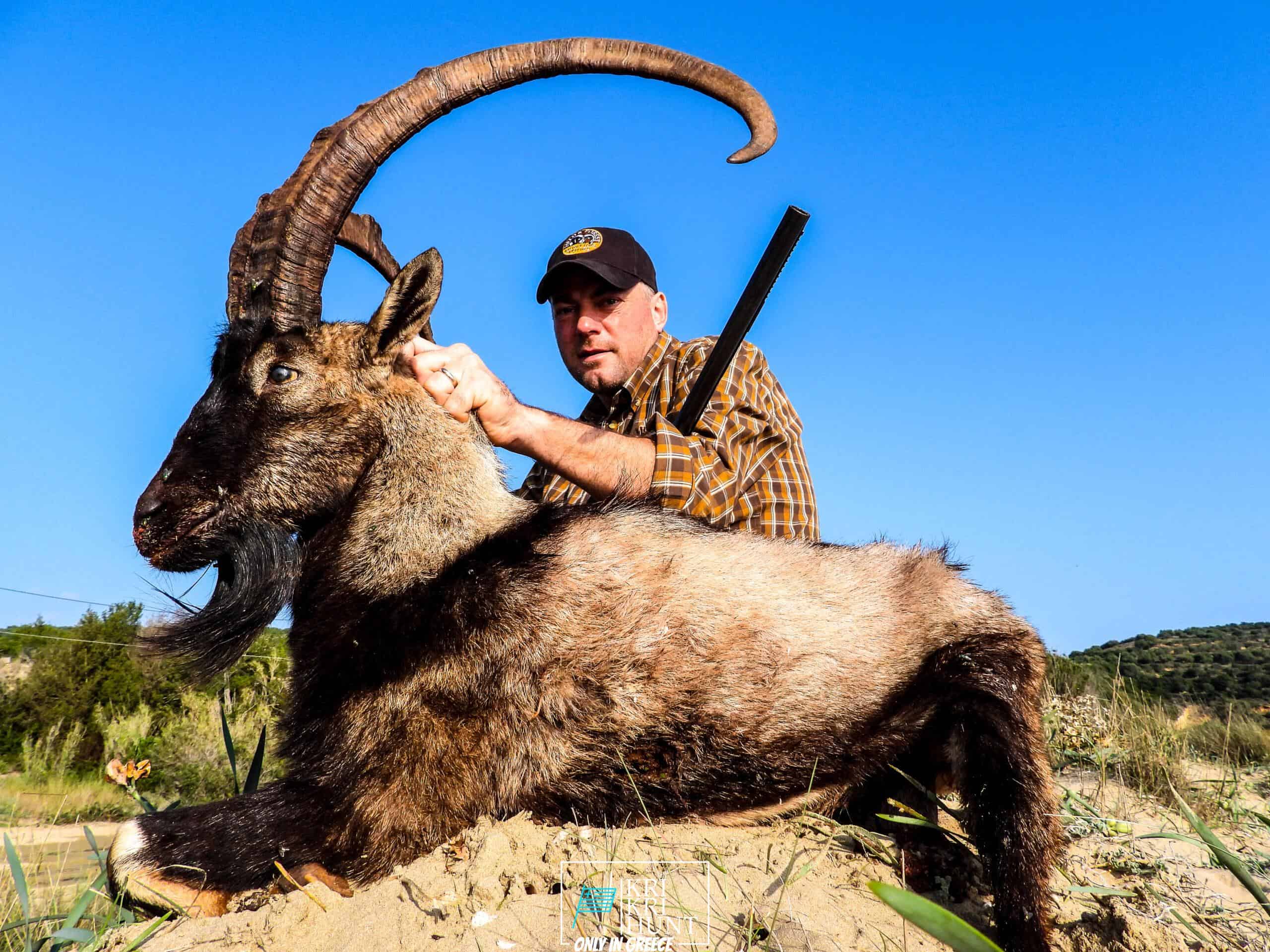The Best of Greece: A Hunting as well as Touring Peloponnese Tour from Methoni
The Best of Greece: A Hunting as well as Touring Peloponnese Tour from Methoni
Blog Article

The Peloponnese peninsula on the Greek Mainland is typically described as the 'real' Greece. This is due to the fact that it has actually taken care of to stay fairly untouched by mass tourism and also keeps much of its typical appeal. If you're looking for a genuine Greek experience, then Peloponnese is the area for you. As well as what much better way to discover this beautiful region than on one of our outdoor hunting, angling, and free diving scenic tours?

Searching kri kri ibex in Greece is a tough task, in addition to hunting as a whole. It is challenging for non-Greek hunters to hunt huge game in Greece. The kri kri ibex is the only alternative for regional hunters besides wild boars and roe deer, which might only be pursued in thoroughly guarded unique searching locations such as certain islands. Two separate islands regarding 150 kilometers/ Atalanty/ and also 300 kilometers/ Sapientza/ from Athens supply the chance to search this splendid animal. There, hunting this animal is restricted from morning till noontime, according to Greek legislation. Only shotguns are allowed, and also slugs are the only ammo allowed. You must book a year beforehand for hunting licenses. This makes sure that severe seekers just are enabled on these trips. Just the Greek Ministry of Nature as well as Agriculture problems the licenses, and the federal government problems a certain number of them yearly.
Our outdoor hunting, fishing, and cost-free diving scenic tours are the perfect method to see everything that Peloponnese needs to use. These tours are created for tourists that wish to get off the beaten path and truly experience all that this incredible region has to supply. You'll get to go hunting in a few of one of the most attractive wilderness areas in Greece, fish in crystal-clear waters for a range of various species, as well as totally free dive in some of the most sensational coastline in the Mediterranean. And most importantly, our knowledgeable guides will certainly exist with you every step of the way to see to it that you have a safe and enjoyable experience.
Experience 'Real' Greece with Our Peloponnese Tours. Look no better than our Peloponnese excursions if you're looking for a genuine Greek experience. From old ruins and also castles to scrumptious food and also a glass of wine, we'll show you everything that this incredible region needs to provide. What are you waiting for? Schedule your trip today! Your Kri Kri ibex hunting in Greece is below!
What is the diference between Kri Kri ibex, Bezoar ibex and hybrid ibex
The kri-kri is not thought to be indigenous to Crete, most likely having been imported to the island during the time of the Minoan civilization. Nevertheless, it is found nowhere else and is therefore endemic to Crete. It was common throughout the Aegean but the peaks of the 8,000 ft (2,400 m) White Mountains of Western Crete are their last strongholds–particularly a series of almost vertical 3,000 ft (900 m) cliffs called ‘the Untrodden’—at the head of the Samaria Gorge. This mountain range, which hosts another 14 endemic animal species, is protected as a UNESCO Biosphere Reserve. In total, their range extends to the White Mountains, the Samaria National Forest and the islets of Dia, Thodorou, and Agii Pandes.
This Ibex is NOT a diminutive form of the Bezoar Ibex, which has migrated into the western-most reach of the range of this species. The kri – kri (Capra aegagrus cretica), sometimes called the Cretan goat, Agrimi, or Cretan Ibex, is a feral goat inhabiting the Eastern Mediterranean, previously considered a subspecies of wild goat. The kri-kri has a light brownish coat with a darker band around its neck. It has two horns that sweep back from the head. In the wild they are shy and avoid tourists, resting during the day. The animal can leap some distance or climb seemingly sheer cliffs.
“The agrimi goat Capra aegagrus cretica is unique to Crete and its offshore islands. It has been identi®ed as a sub-species of the wild bezoar goat Capra aegagrus aegagrus Erxleben, 1777, which it closely resembles in horn shape, body form and coloration. This classi®cation has been disputed by some researchers who claim that the agrimi are feral goats, derived from early domestic stock brought to the island by the ®rst Neolithic settlers. In order to clarify this issue, DNA analyses (cytochrome b and D loop sequences) were carried out on tissue of live and skeletonized agrimi and compared to sequences of wild and domestic caprines. Results conclusively show the agrimi to be a feral animal, that clades with domestic goats (Capra hircus) rather than with wild Asiatic bezoar. This study demonstrates that morphometric criteria do not necessarily re¯ect genetic af®nities, and that the taxonomic classi®cation of agrimi should be revised.”
Report this page